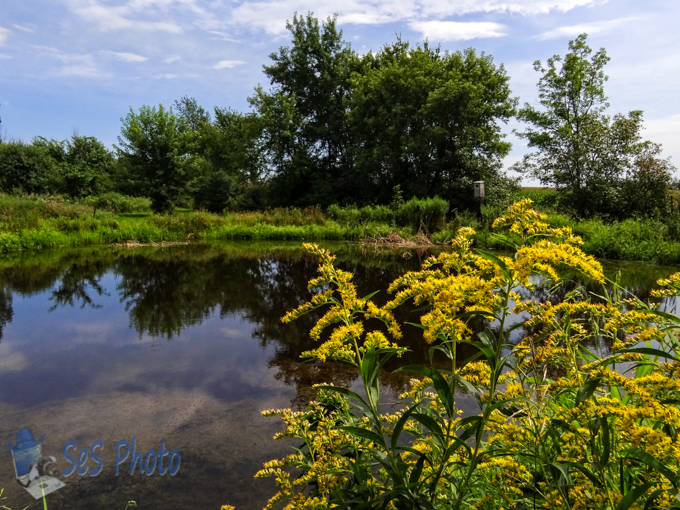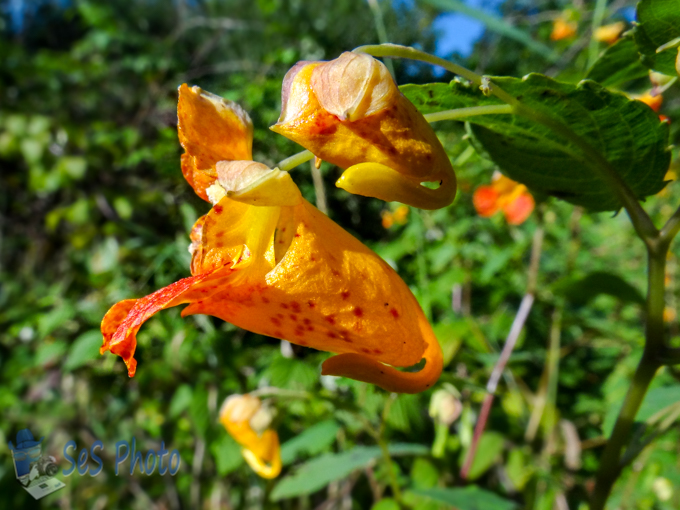There probably wasn’t a lot of work done midday during the solar eclipse while people watched the progress of the moon covering the sun as there are about 12 million people who live directly on the eclipse path, which doesn’t include those who migrated for the day to view the event.
I didn’t travel to the total path, so the sun was only covered about 83% but with rain before and afterwards, I was just lucky to see even that much of the eclipse. The last total solar eclipse in my area was before I was born and the next one isn’t until 2099. Other total solar eclipses seem to be in the 60 to 80 percent coverage for my area with 1979 being about 90% in which the our sheep came in from the pasture to lie down like nighttime and after the eclipse, they headed back out to the pasture. The sunshine here looked like a hazy cloudy day as it didn’t get dark like in the complete total path area.
Total Solar Eclipse Day












